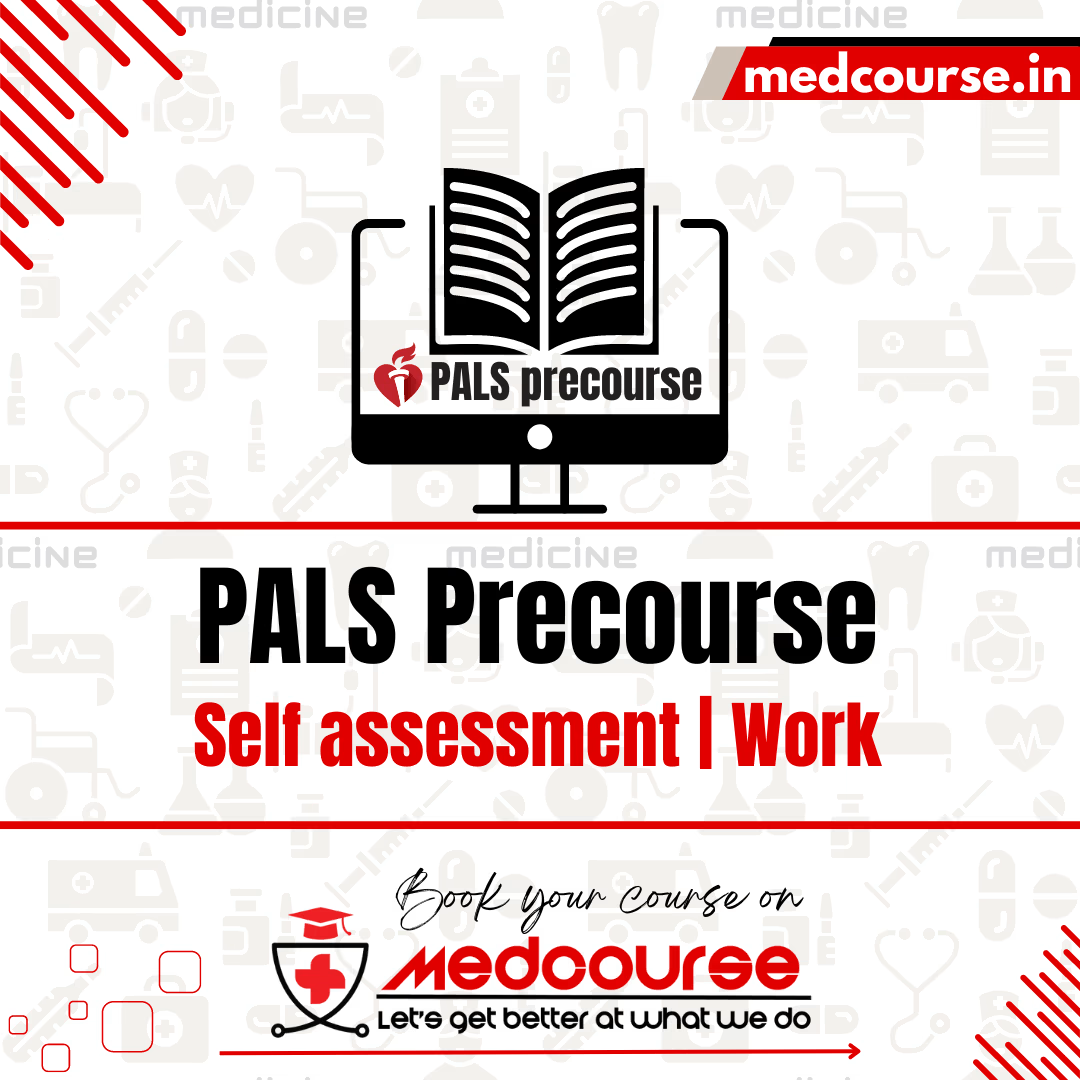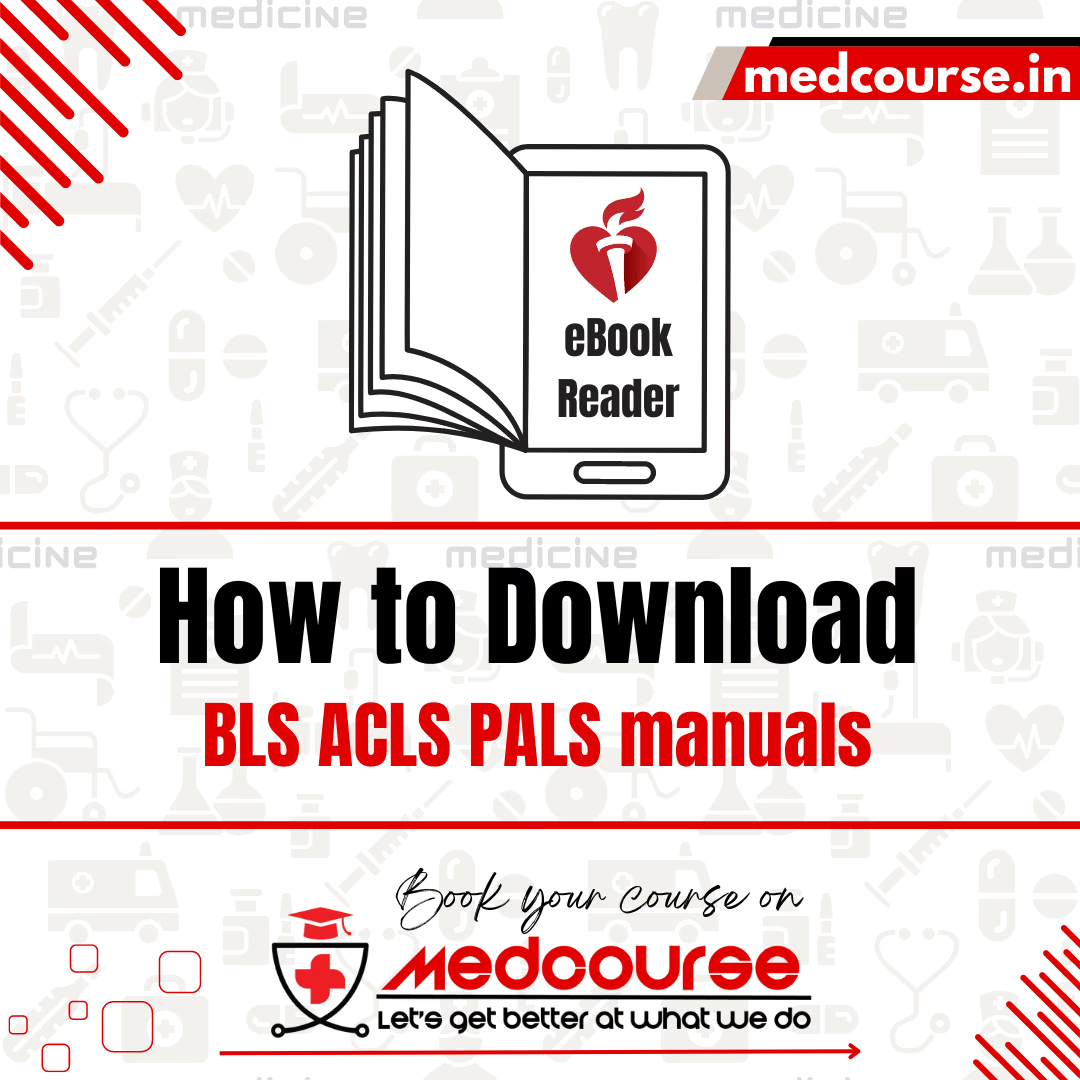Updated on August 18, 2024
American heart association 2020 guidelines – let’s see what’s new in it. It is sourced from the AHA official documents.

American heart association 2020 guidelines – Adult
- Early Initiation of CPR by Lay Rescuers is recommended for presumed cardiac arrest because the risk of harm to the patient is low if the patient is not in cardiac arrest.
- Early Epinephrine in cardiac arrest – For a non-shockable rhythm – ASAP | For a shockable rhythm, after initial defibrillation attempts have failed.
- Real-Time Audiovisual Feedback – during CPR for real-time optimization of CPR performance.
- Physiologic Monitoring of CPR Quality – Use arterial blood pressure or ETCO2 when feasible to monitor and optimize CPR quality.
- Double Sequential Defibrillation Not Supported – usefulness in refractory shockable rhythm has not been established.
- IV Access Preferred Over IO in cardiac arrest. (IO access – if IV unsuccessful or not feasible).
- Post–Cardiac Arrest Care and Neuroprognostication
- Treatment of hypotension, titrating oxygen to avoid both hypoxia and hyperoxia, detection and treatment of seizures, and targeted temperature management are reaffirmed.
- Neuroprognostication should be performed no sooner than 72 hours after return to normothermia.
- The 2020 Guidelines evaluate 19 different modalities and specific findings.
- Care and Support During Recovery: survivors should have multimodal rehabilitation assessment (physical, neurologic, cardiopulmonary, and cognitive impairments) before discharge.
- Including medical and rehabilitative treatment recommendations and return to activity/work expectations.
- Structured assessment for anxiety, depression, posttraumatic stress, and fatigue for cardiac arrest survivors and their caregivers.
- Debriefings for Rescuers – Debriefings and referral for follow up for emotional support for lay rescuers, EMS providers, and healthcare workers after a cardiac arrest event may be beneficial.
- Cardiac Arrest in Pregnancy
- They are more prone to hypoxia. Oxygenation and airway management should be prioritized.
- Fetal monitoring can interfere with maternal resuscitation. It should not be undertaken during cardiac arrest in pregnancy.
- Start targeted temperature management if they remain comatose after resuscitation but the fetus should be continuously monitored for bradycardia, and obstetric and neonatal consultation should be sought.
American heart association 2020 guidelines – Pediatric
- Assisted Ventilation Rate: give 1 breath every 2 to 3 seconds (20-30 breaths/min).
- Rescue Breathing – with a pulse but absent or inadequate respiratory effort
- Ventilation Rate During CPR With an Advanced Airway
- Cuffed ETTs – preferable over uncuffed in infants and children. Inflation pressure ~ <20-25 cm H2O.
- Cricoid Pressure During Intubation – Routine use is not recommended in pediatric patients.
- Early Epinephrine – Give the first dose within 5 minutes from the start of chest compressions.
- Invasive Blood Pressure Monitoring to Assess CPR Quality – If ABP monitoring in place already, use diastolic BP to assess CPR quality.
- Detecting and Treating Seizures After ROSC
- Continuous EEG if available, to detect seizures in patients with persistent encephalopathy.
- Treat clinical seizures.
- Treat nonconvulsive status epilepticus following cardiac arrest in consultation with experts.
- Evaluation and Support for Cardiac Arrest Survivors: be evaluated for rehabilitation services.
- Refer for ongoing neurologic evaluation for at least the first year after cardiac arrest.
Septic Shock in pediatric patients
- Fluid Boluses in septic shock, give fluid in 10 mL/kg or 20 mL/kg aliquots with frequent reassessment.
- Choice of Vasopressor –
- In fluid-refractory septic shock, use either epinephrine or norepinephrine infusion.
- If neither is available, dopamine may be considered.
- Corticosteroid Administration – For septic shock unresponsive to fluids and requiring vasoactive support, consider stress-dose corticosteroids.
- Hemorrhagic Shock – prefer blood products, instead of crystalloid for volume resuscitation.
- Opioid Overdose – For suspected overdose who has a pulse but no normal breathing or only gasping (ie, a respiratory arrest), in addition to standard PBLS or PALS, administer IM or intranasal naloxone.
Standard resuscitative measures should take priority over naloxone. - Myocarditis – Given the high risk of cardiac-arrest in acute myocarditis who demonstrate arrhythmias, heart block, ST-segment changes, and/or low cardiac output, ICU monitoring is recommended.
- In refractory low cardiac output, prearrest use of ECLS or mechanical circulatory support can prevent cardiac arrest.
- Early consideration of extracorporeal CPR (ECPR) may be beneficial.
- Single Ventricle: Recommendations for the Treatment of Preoperative and Postoperative Stage I Palliation (Norwood/Blalock-Tausig Shunt) Patients
- Direct (SVC catheter) and/or indirect (near infrared spectroscopy) oxygen saturation monitoring can be beneficial after stage I Norwood palliation or shunt placement.
- In the patient with an appropriately restrictive shunt, lowering systemic vascular resistance with the use of systemic vasodilators (alpha-adrenergic antagonists and/or phosphodiesterase type III inhibitors), with or without the use of oxygen, can be useful to increase systemic delivery of oxygen (DO2.)
- ECLS after stage I Norwood palliation can be useful to treat low systemic DO2.
- In known or suspected shunt obstruction, administer oxygen, vasoactive agents to increase shunt perfusion pressure, and heparin (50-100 units/kg bolus) while preparing for catheter-based or surgical intervention.
- For neonates prior to stage I repair with pulmonary overcirculation and symptomatic low systemic cardiac output and DO2, target a Paco2 of 50 to 60 mm Hg.
- Single Ventricle: Recommendations for the Treatment of Postoperative Stage II (Bidirectional Glenn/Hemi-Fontan) and Stage III (Fontan) Palliation Patients
- In a prearrest state with superior cavopulmonary anastomosis & severe hypoxemia due to low pulmonary blood flow (Qp), ventilatory strategies that target a mild respiratory acidosis and a minimum mean airway pressure without atelectasis can be useful to increase cerebral and systemic arterial oxygenation.
- ECLS in patients with superior cavopulmonary anastomosis or Fontan circulation may be considered to treat low DO2 from reversible causes or as a bridge to a ventricular assist device or surgical revision.
- Pulmonary Hypertension – Inhaled nitric oxide or prostacyclin as the initial therapy to treat crises or acute Rt heart failure.
- Avoid hypoxia and acidosis in the postoperative care of the child with pulmonary HTN.
- For high risk patients, provide analgesics, sedatives, and neuromuscular blocking agents.
- For the initial treatment of crises, oxygen administration and induction of alkalosis through hyperventilation or alkali administration can be useful while pulmonary-vasodilators are administered.
- For refractory cases, ECLS may be considered.
American heart association 2020 guidelines – Neonatal
- Anticipation of Resuscitation Need – Every birth should be attended by at least 1 person who can perform the initial steps of newborn resuscitation and initiate PPV and whose only responsibility is the care of the newborn.
- Temperature Management for Newly Born Infants – If resuscitation is not needed, skin-to-skin contact after birth can be effective in improving breastfeeding, temperature control, and blood glucose stability.
- Clearing the Airway When Meconium Is Present
- For nonvigorous newborns (presenting with apnea or ineffective breathing effort) delivered through MSAF (meconium-stained amniotic fluid), routine laryngoscopy with or without tracheal suctioning is not recommended.
- If there’s evidence of airway obstruction during PPV, intubation and tracheal suction can be beneficial.
- Vascular Access – At delivery, choose umbilical vein if access is needed. If IV access is not feasible, use the IO route.
- Termination of Resuscitation
- In newly born, if there is no heart rate and all the steps of resuscitation have been performed, cessation of efforts should be discussed with the healthcare team and the family.
- A reasonable time frame is ~20 minutes after birth.
- Human and System Performance – For participants who have been trained in neonatal resuscitation, individual or team booster training should occur more frequently than every 2 years at a frequency that supports retention of knowledge, skills, and behaviors.



